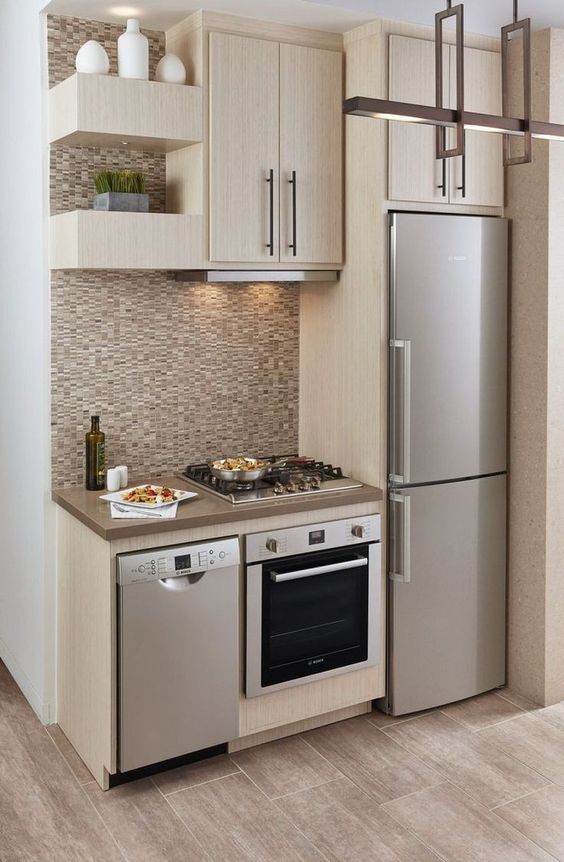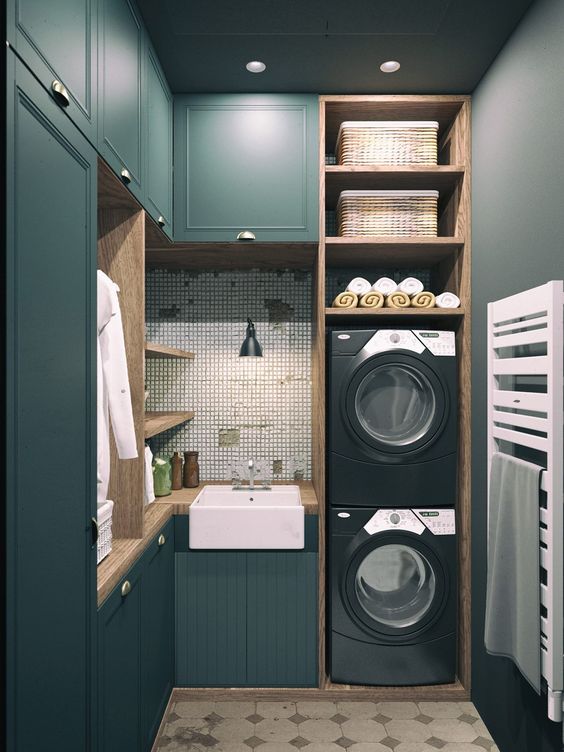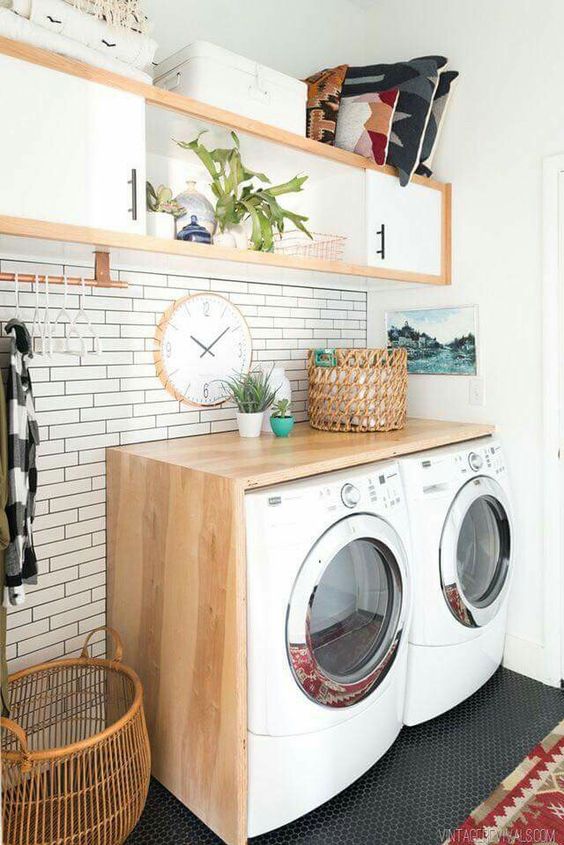Replace These 6 Outdated Home Accents for Spectacular Future Savings
Older homes are charming for a number of reasons, but they can also have drawbacks. One major downside is the outdated, inefficient whitegoods and other home accents that sometimes accompany them. These can needlessly drain your bank account in instances where their operating costs far exceed those of their up-to-date, energy-efficient counterparts.
Making a few well-considered investments in your home can pay off handsomely over the long term in the form of spectacular future savings on your monthly expenses. In the future, your home’s efficiency rating can also make a significant difference in your home’s value, selling price and the speed of your home sale.
The Australian Department of the Environment, Water, Heritage and the Arts conducted a study demonstrating correlations between home values and the homes’ energy efficiency ratings. So if you’re asking yourself, “How can I sell my house for the best possible price,” keep in mind that improving your home’s energy efficiency is an important component of the answer. The following whitegoods and other home accents contribute to your monthly expenses as well as your home’s overall efficiency rating:
1. Refrigerators
People often use old refrigerators that are inefficient by today’s standards. Analysts confirm that a refrigerator’s age has a direct effect on the unit’s energy efficiency. In addition to being wasteful of energy, many older refrigerators also look outdated. Upgrading can give your kitchen a more stylish look as well as provide enhanced energy savings.
2. Dishwashers
As of 2008, 45 percent of households included dishwashers. From this we can infer that many people are getting along well without using dishwashers; if that’s your situation, it’s certainly most cost-effective to continue on without one.
For those who do rely on dishwashers, it may be worth considering an upgrade to a newer dishwasher. Dishwasher technology has made impressive advances recently. The latest dishwashers are enabled with sensors that can adjust the flow of water to send it where it’s needed to cleanse heavily soiled areas on dishes. Dishwasher jet technology has also improved to become more efficient.
If you’re thinking of selling your home in the future, your choice of dishwashers is likely to be an important consideration for your potential home buyers. Most home buyers take the value of chattels into consideration when they purchase a home, and dishwashers often convey with a home when it sells.
3. Clothes Washers and Dryers
Although most households are using clothes washing machines, only 20 percent of us own the most power-efficient front-loading models. If you haven’t already upgraded to a front-loading washing machine, you could realize a substantial boost in your home’s energy efficiency rating by making the switch.
It’s questionable whether you really need a dryer considering the sun’s amazing drying power in our area. While 56 percent of households had dryers as of 2008, 13 percent were never actually using them. If you do use your dryer enough to make an upgrade cost-effective, look for a newer model enabled with sensor technology. These new dryers can detect when your clothing is dry and stop tumbling at that point, preventing the machine from wasting additional power if you’ve accidentally overestimated the amount of drying time your clothes need.
4. Lighting
Residential lighting accounts for 8 to15 percent of the average household’s electricity expenses. Investing in LED lighting is one of the easiest ways to reduce this long-term cost. LED light bulbs consume only one-fifth the energy that older halogen bulbs do. In some cases, you may be able to save even more energy by installing and using dimmer switches to turn down the intensity of the light at times when you do not need as much illumination.
5. Solar Hot Water Heater and Electricity
If you aren’t already harnessing the intensity of the sunlight that’s available, consider installing a solar hot water heater and / or solar electricity. These technologies can save you substantial sums of cash on your utility bills. This is particularly true if you’re able to adjust your schedule to do the majority of your chores during daylight hours. When the sun is shining, you’ll be able to take best advantage of its power to heat your water for showering, washing your clothes and powering your dishwasher.
Rebates and incentives might be available for getting set up with solar power systems. If you become a solar power user, it’s possible that your household may also qualify for additional savings through the feed-in tariff program. There are likely to be times when you generate more solar power than you consume. If you’re able to return the excess power you generate to the grid, you get credited at the current rate for each per kilowatt hour’s worth of power returned.
6. Thermostat
If you have an older thermostat, you’ll find it worthwhile to check out the new thermostat technology that’s currently becoming available. Nowadays, programmable thermostats can save you money by avoiding excess energy consumption during the hours when you’re sleeping or away from home.
Recent technological advances have made these whitegoods and other home accents more energy efficient than their older counterparts. Replacing one or more of these items can make a significant difference in the monthly totals you have to pay the utility companies. According to experts, your total savings could amount to hundreds of dollars in saved operating costs each year.














